
There are many ways a college student might spend spring break. Making an archaeological breakthrough is not usually one of them. In his first year at Harvard, Manny Medrano did just that.
"There's something in me, I can't explain where it came from, but I love the idea of digging around and trying to find secrets hidden from the past," Medrano says.
With the help of his professor, Gary Urton, a scholar of Pre-Columbian studies, Medrano interpreted a set of six khipus, knotted cords used for record keeping in the Inca Empire. By matching the khipus to a colonial-era Spanish census document, Medrano and Urton uncovered the meaning of the cords in greater detail than ever before. Their findings could contribute to a better understanding of daily life in the Andean civilization.
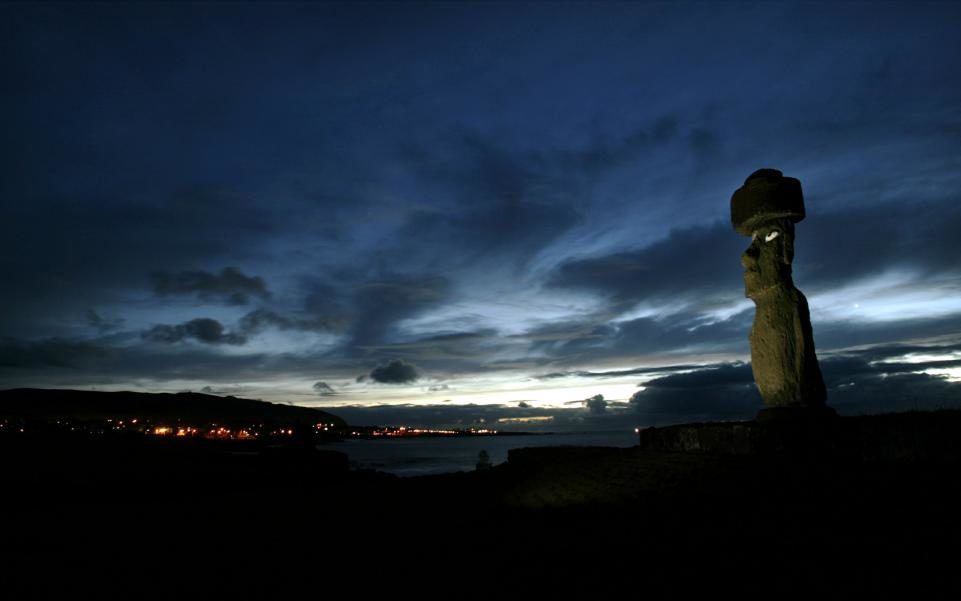


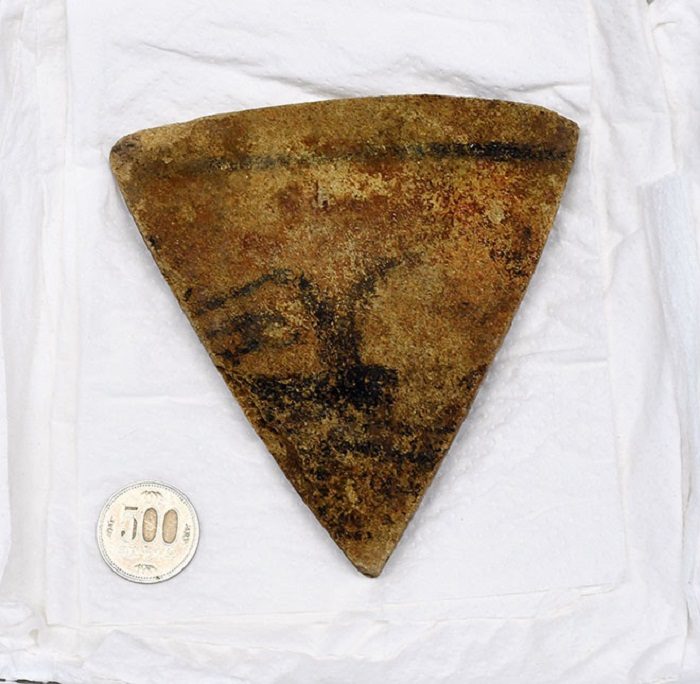

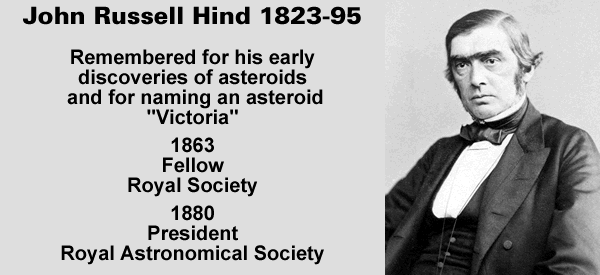
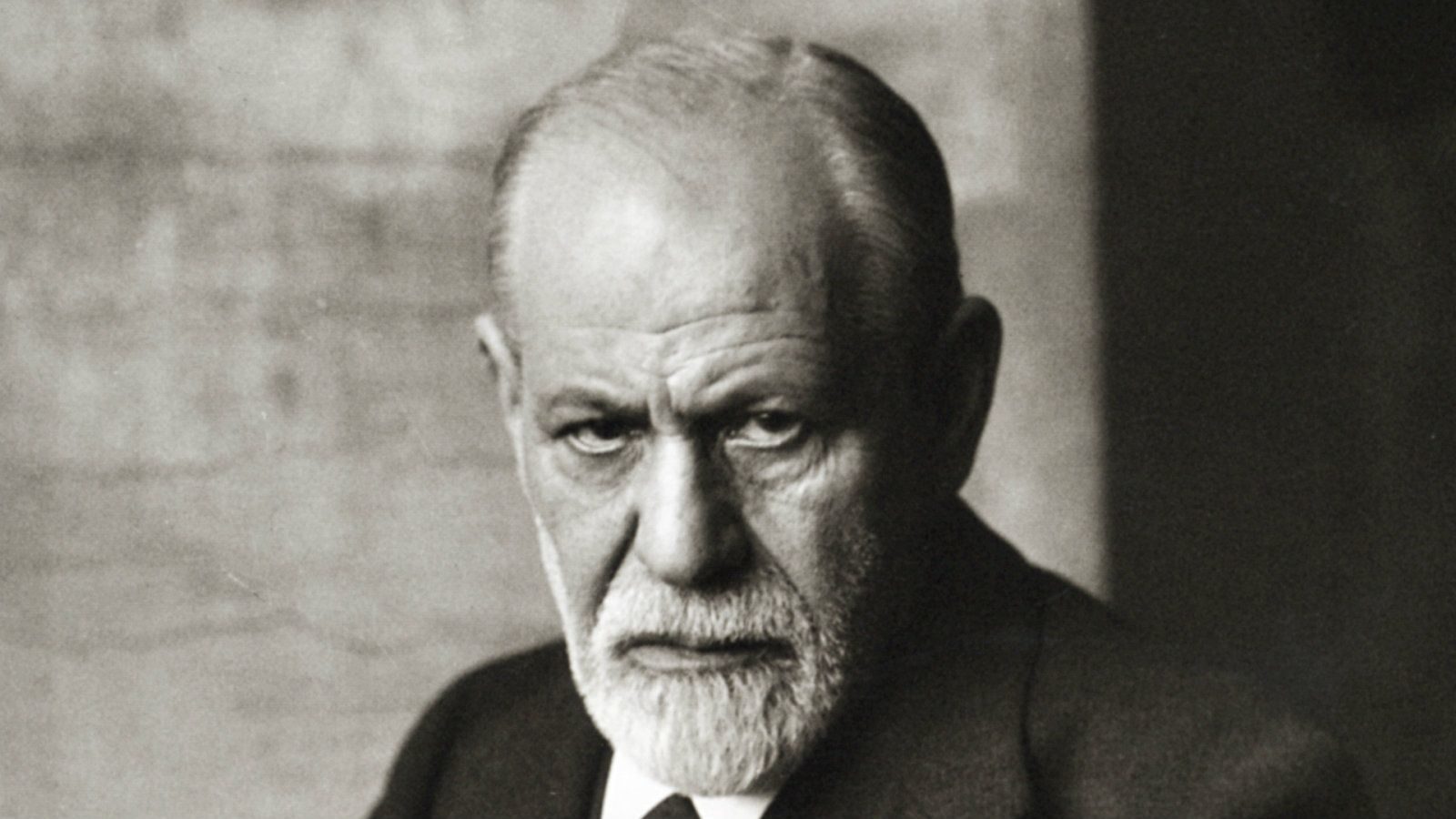
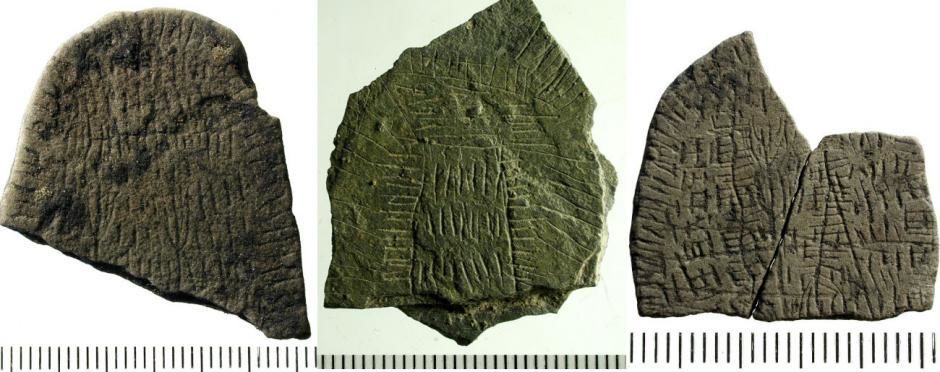
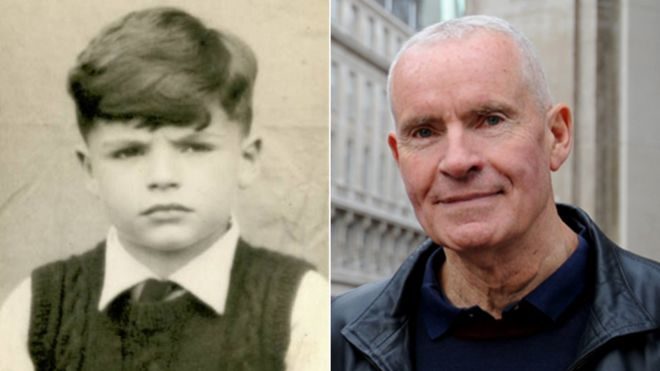
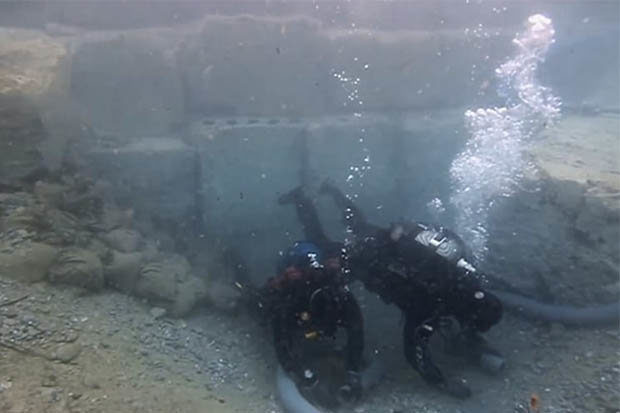



Comment: Further reading: High in the Andes, Keeping an Incan Mystery Alive